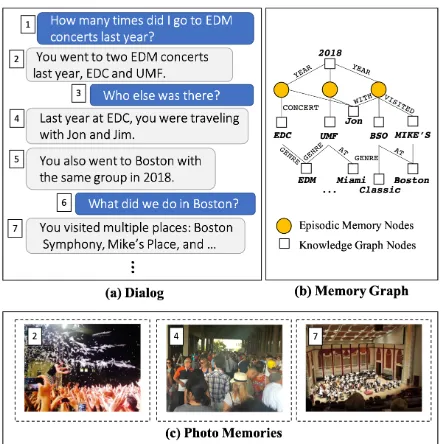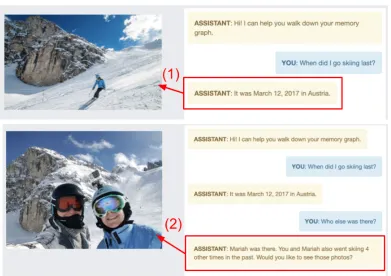Memory Grounded Conversational Reasoning
Full text
Figure




Related documents
COAST (Chiropractic Observational and Analysis STudy) aimed to report information about the Australian chiropractic profession [11]. A previous COAST paper re- ported the
In the case where surrendering a Romanian citizen of Romania, under a European arrest warrant, it was conducted under the condition of being transferred, in case of conviction in
Compound 4 was successively obtained as a beige crystalline powdered solid after its re-crystallization from acetic acid... The reaction mixture was heated for 6 h at boiling
Combustion flame temperature, availability of oxygen, cetane number and time for oxygen- nitrogen reaction are the major factors controlling NOx formation In figure 10
We also performed imputation of HLA alleles by using HLA ∗ IMP software ( 29 , 30 ). To analyse imputed HLA alleles, we treated post-probabilities as genetic dosages of the alleles
The Integral Transport Matrix Method (ITMM) of solving the neutron transport equation on multiprocessing platforms is a spatial domain decomposition method and is therefore
All data beginning at the cursor position is transferred from the terminal's memory to the processor except, protected data and data following a Carriage Return
Etch Marks (calcareous stones)—Caused by acids (typically from milk, fruit juices, alcohol, etc.) left on the surface of the stone, some will etch the finish but not leave a
